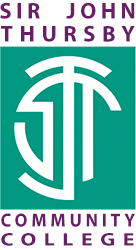TUESDAY 6TH jANUARY 2026
Happy New Year, we hope you have had a relaxing break.
School will open tomorrow for students at 9.20am due to the Amber weather warning in place for snow and ice allowing for all to make a safe journey to school.
We are looking forward to welcoming everyone back tomorrow.
